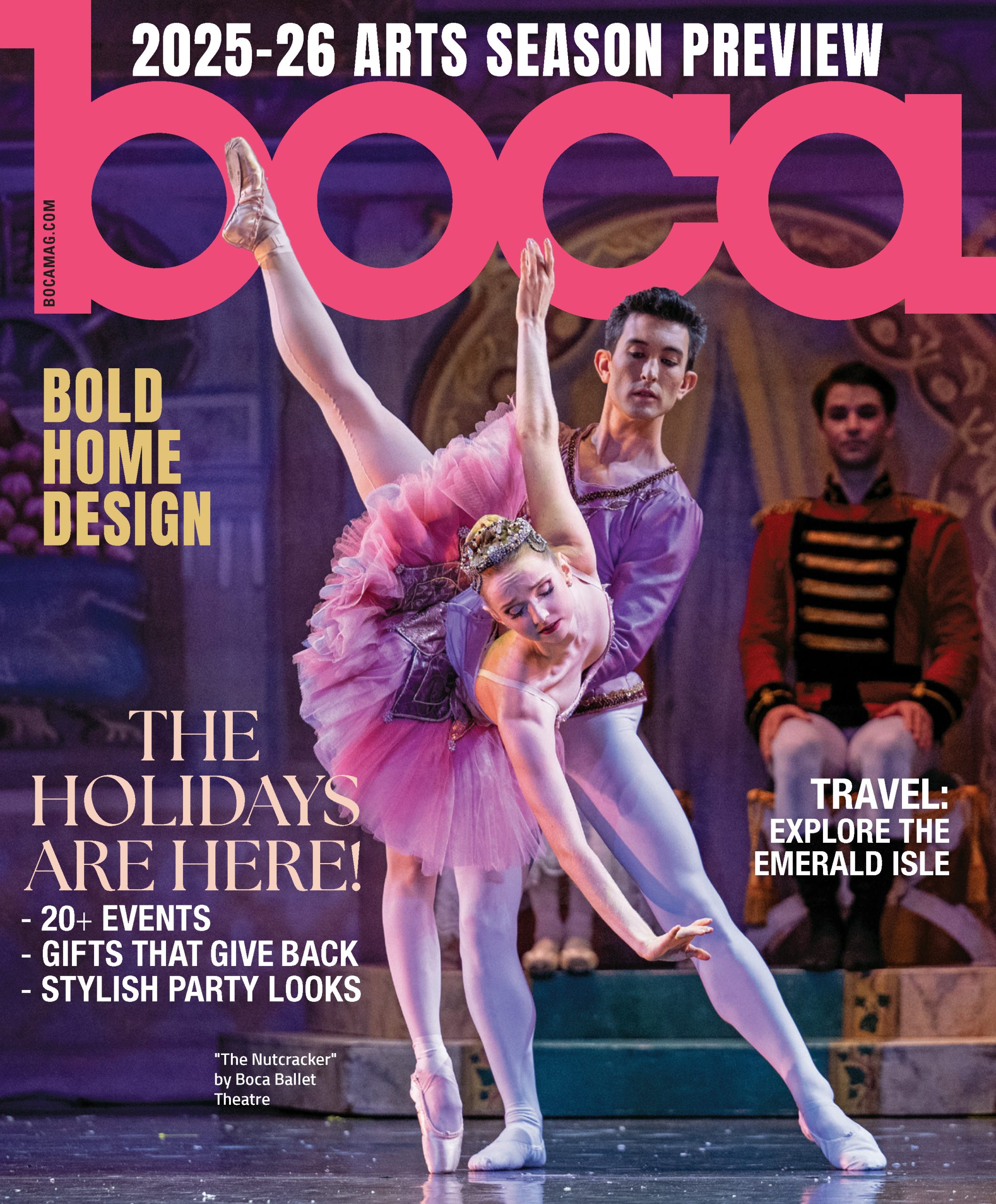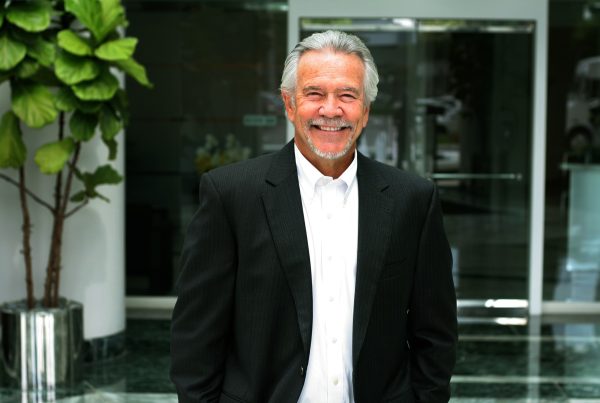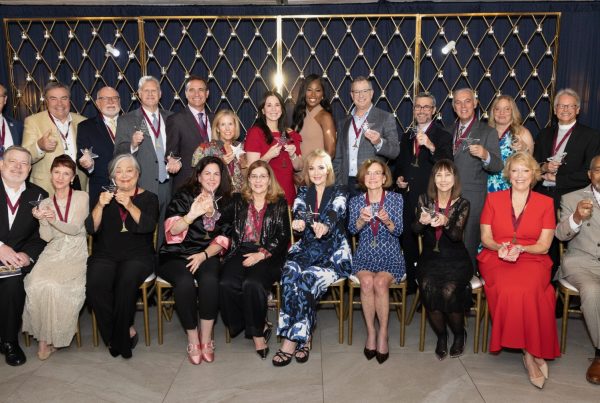In the Boca Roundtable feature in our special centennial issue of Boca magazine (May-June), we interviewed five members of pioneer families who still call Boca Raton home. Marie Hester, whose ancestors helped settle Pearl City even before Boca’s official incorporation in 1915, had more to say about her childhood in the historic neighborhood during the time of segregation. She shares these additional insights in this exclusive Web Extra.
Growing up in Pearl City: Growing up here, when I think about it, I think about a very enclosed place. We were not allowed outside of our area, 10th, 11th and 12th streets. And of course there was Dixie Manor. … It was very controlled. Church was a big thing. Every Sunday you had to get up and go to church. And that’s where everybody communicated about what was going on, and what the neighbors were doing, and they’d have picnics there. Everything was basically church-driven, and my grandfather, Henry Carr, was at the Baptist Church, and I went to the Methodist church also.
There were rules. We couldn’t go any further on Federal Highway, and west was Old Dixie; the area was restricted. We used to always ask, why can’t we go outside this area? But I did not realize this was a sundown community. And actually, there was a law created, and it was directed specifically for this Pearl City area, that at night, we could not be out of this area unless we were going to work with some white people, or there was an emergency.
Food and Recreation: My leisure time was spent with the family, and mainly on the weekends we would go fishing. We would fish here in Boca at the inlet, and my father had a brother who lived in Miami, and we would go fishing in Miami and Key West, which was exciting as a kid.
We didn’t go to the grocery store a lot. We had a garden in the backyard, and very few things did we go to the grocery store for. There used to be a truck that would come through here with all kinds of pork products for free, and my grandmother would get pigskins and lard and whatever they had on the truck, and we would get that also.
[In Pearl City,] because of the sundown law, we had everything. We had a little store where we could buy bread and sodas, and my grandmother would purchase snuff there, and we had a little beauty shop we could go to. We had Jimmy Goddard up on 15th Terrace, who had a gas station, and he had a little restaurant in there. The folks called it a juke joint, and he sold beer and alcohol.Pearl City Today: It’s totally different. You have white, Haitian, Black and whomever staying in the neighborhood now, which I think is great.
On Preserving Pearl City’s History: I am president of D.I.S.C.—Developing Interracial Social Change. Because Dixie Manor is going to be torn down soon, at least the northern portion of it … we’re starting with the children, and we take them on little tours of the community, and we tell them the history of it. We’ve taken them on a tour of the two churches here, because they are the oldest churches in Boca Raton: Macedonia A.M.E. Church and Ebenezer Baptist Church. We try to do activities that tell them about the history of Boca Raton so that they can know about its historical significance.
This Web Extra is from the May/June 2025 issue of Boca magazine. For more like this, click here to subscribe to the magazine.







